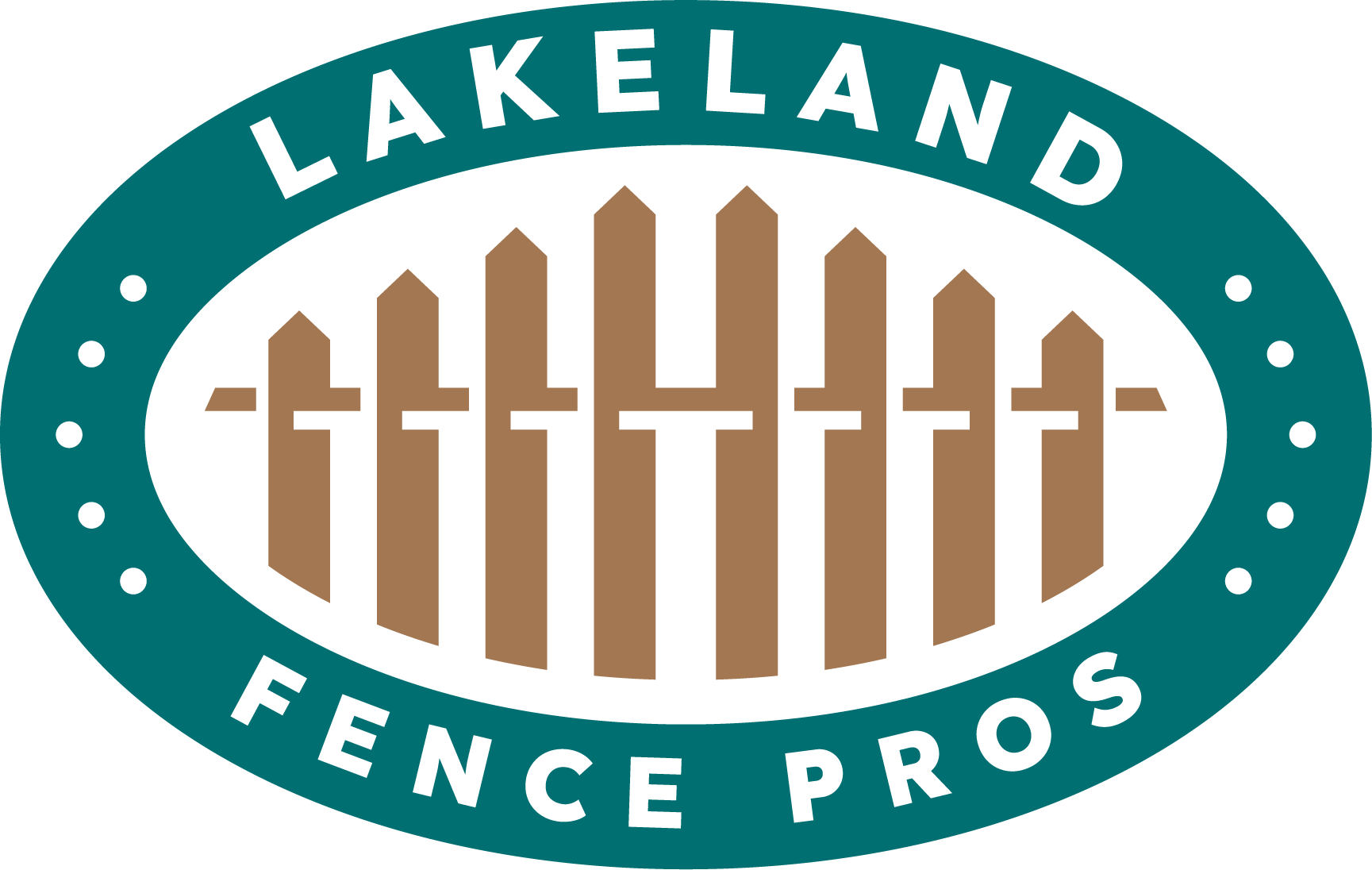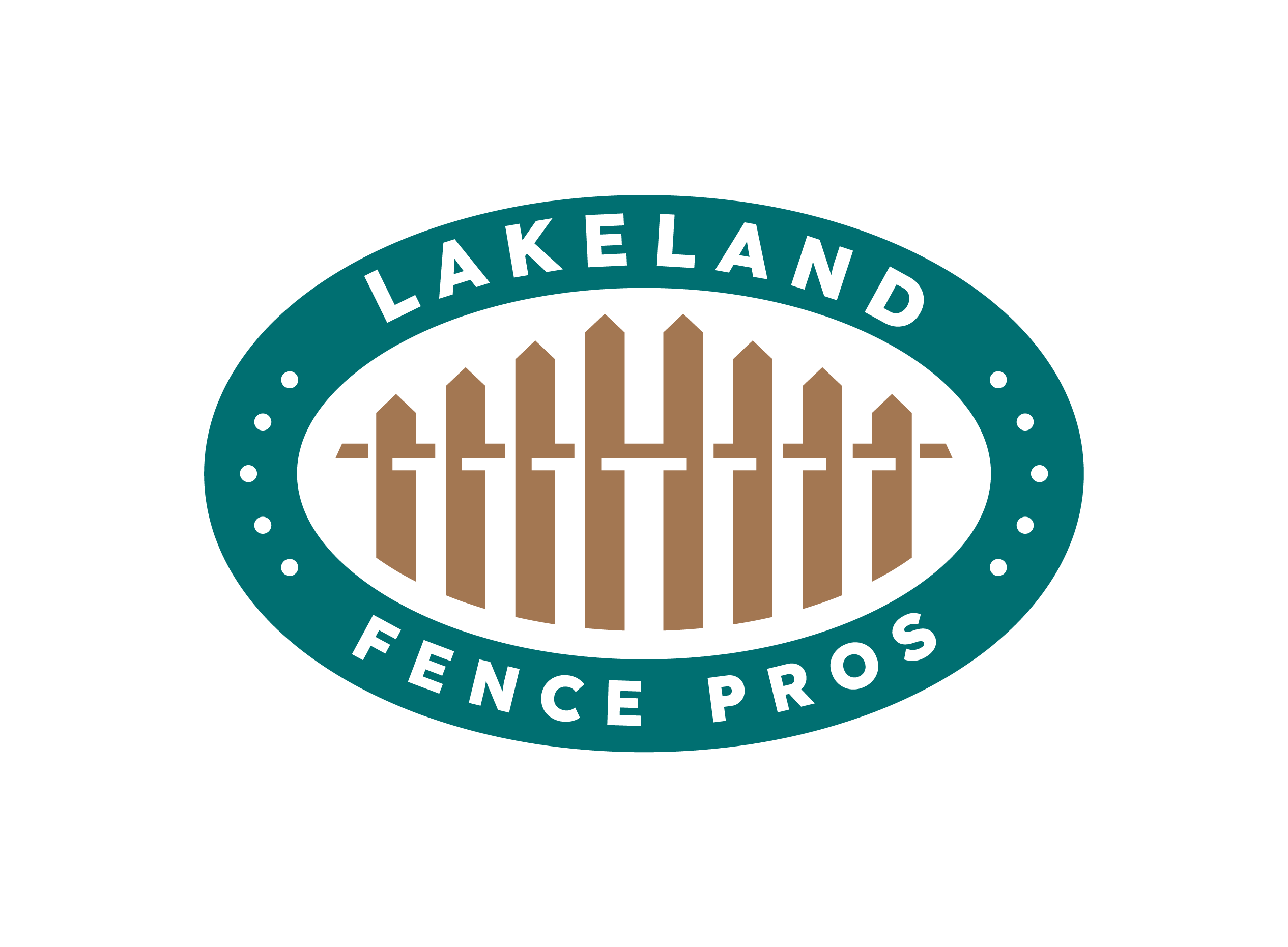Installing a metal fence is one of the best investments you can make for your property in Lakeland, Polk County, and Central Florida. Not only does it boost your home’s security and curb appeal, but it also provides long-lasting durability with minimal maintenance. Whether you choose aluminum fencing for its lightweight strength, steel fencing for its sturdiness, or wrought iron fencing for its decorative style, a properly installed metal fence can stand strong for decades, even in Florida’s hot, humid climate.
This comprehensive guide will walk you through everything you need to know about installing a metal fence—from planning and preparation to final inspections. Whether you’re a DIY enthusiast or simply want to understand the process before hiring professionals like Lakeland Fence Pros, these steps will help ensure your project is a success.
Why Choose a Metal Fence in Central Florida?
Before we dive into installation, let’s talk about why metal fencing is a top choice for homeowners and businesses across Polk County and Central Florida.
-
Durability: Metal fences hold up against Florida’s intense sun, rain, and humidity far better than untreated wood. With the right coating, they resist rust and corrosion.
-
Low Maintenance: Unlike wood, metal fencing doesn’t require frequent staining or sealing. An occasional rinse is often all it needs.
-
Security: Strong metal posts and panels provide a secure perimeter, making it harder for intruders to gain access.
-
Style Options: From sleek aluminum fencing for modern homes to ornate wrought iron for traditional properties, metal fencing comes in a wide variety of designs.
-
Property Value: A professionally installed metal fence enhances curb appeal, which can increase the overall value of your property.
For Lakeland homeowners, a metal fence is both practical and stylish—a perfect balance for Central Florida living.
Step 1: Plan and Prepare
Proper planning is the foundation of any successful fence installation.
-
Measure the Perimeter: Walk the property line where you want the fence installed. Use a measuring tape to determine the total length required.
-
Choose Your Fence Type:
-
Aluminum fencing – lightweight, rust-resistant, and ideal for pool enclosures.
-
Steel fencing – heavier and stronger, great for maximum security.
-
Wrought iron fencing – decorative, elegant, and timeless, often used in high-end residential properties.
-
-
Check Local Codes and HOA Rules: Polk County and many Lakeland neighborhoods have guidelines about fence height, placement, and design. Always confirm before installation.
-
Secure Permits: In many cases, a building permit is required. Lakeland Fence Pros can assist with the paperwork to ensure compliance.
-
Mark the Layout: Use stakes and string to outline the fence line. This provides a clear guide and helps you visualize the final placement.
Step 2: Gather Materials and Tools
Having the right materials and tools on hand makes the job smoother. You’ll typically need:
-
Materials:
-
Metal fence panels
-
Fence posts
-
Post caps and brackets
-
Screws, bolts, or clamps
-
Concrete mix
-
Gate kit (if applicable)
-
-
Tools:
-
Post hole digger or auger
-
Measuring tape
-
Level and plumb line
-
Power drill with screwdriver bits
-
Wrenches and socket set
-
Safety gear (gloves, safety glasses, ear protection)
-
Having everything ready before you begin prevents delays and ensures the installation goes as planned.
Step 3: Dig Post Holes
Fence posts are the backbone of your metal fence. To install them correctly:
-
Mark Post Locations: Use your string line to mark where each post will go. Posts should typically be placed 6–8 feet apart depending on your panel size.
-
Dig the Holes: Use a post hole digger or auger. Each hole should be about one-third the height of the post. For example, a 6-foot post should be anchored in a 2-foot-deep hole.
-
Consider Soil Conditions: Central Florida’s sandy soil drains well but can shift. Going deeper and using extra concrete helps stabilize your posts.
Step 4: Set Fence Posts
Once your holes are dug:
-
Insert the Posts: Place each post into its hole, aligning it with the string line.
-
Check for Level: Use a plumb line and level to make sure the post is perfectly upright.
-
Pour Concrete: Fill the hole with concrete mix, following manufacturer instructions. For Polk County’s climate, quick-set concrete works well.
-
Secure the Post: Ensure the post remains steady while the concrete sets. This may take several hours to overnight.
Pro Tip: Install corner and gate posts first, then run a string line between them to guide the placement of the remaining posts.
Step 5: Attach Metal Fence Panels
After the posts have set:
-
Position the Panel: Place the metal panel between two posts.
-
Secure with Brackets or Screws: Use the manufacturer’s recommended hardware to attach the panel.
-
Check for Level: Make sure each panel is straight and evenly spaced.
-
Repeat Along the Fence Line: Work panel by panel until the entire fence is assembled.
Uniform spacing and careful alignment will give your fence a professional, polished appearance.
Step 6: Install the Gate (If Applicable)
A gate provides both access and security. To install:
-
Attach Hinges: Mount the hinges to the gate post, then secure the gate panel.
-
Check Swing Direction: Ensure the gate swings open fully without obstruction.
-
Install the Latch or Lock: Align the latch with the opposite post and test for smooth operation.
-
Reinforce for Stability: Since gates endure extra stress, double-check that the posts are firmly set.
Many Lakeland homeowners install gates wide enough to accommodate lawn equipment or vehicles.
Step 7: Secure and Check Alignment
With all panels and gates in place:
-
Walk the fence line to inspect for any misalignment.
-
Tighten all screws, brackets, and bolts.
-
Confirm that the fence is level and secure.
-
Ensure the gate operates properly.
This step guarantees long-term strength and stability.
Step 8: Finish and Inspect
Before calling the job complete:
-
Add Post Caps: Post caps protect against water entry and add a finished look.
-
Touch Up Paint or Coating: If the fence is scratched during installation, apply touch-up paint or anti-rust coating.
-
Final Walkthrough: Inspect for loose parts, uneven panels, or gaps.
-
Clean the Site: Remove debris, tools, and excess materials for a clean finish.
Maintenance Tips for Metal Fences in Florida
Even though metal fences are low-maintenance, here are a few tips for Central Florida conditions:
-
Rinse with a garden hose every few months to remove dirt and pollen.
-
Inspect for rust or corrosion annually, especially after hurricane season.
-
Lubricate gate hinges once or twice a year.
-
Touch up any scratches to prevent rust spots from forming.
DIY vs. Professional Installation
While some homeowners enjoy DIY projects, metal fence installation can be labor-intensive and requires precision. Common DIY challenges include:
-
Digging post holes deep enough in sandy soil.
-
Keeping posts perfectly aligned.
-
Handling heavy steel or wrought iron panels.
That’s why many property owners in Lakeland and across Polk County trust Lakeland Fence Pros. With professional expertise, proper equipment, and local knowledge of soil and permitting requirements, our team ensures a flawless installation from start to finish.
Conclusion
Installing a metal fence is an excellent way to enhance security, privacy, and curb appeal for your property in Lakeland and the greater Polk County area. With the right planning, materials, and attention to detail, you can achieve a sturdy and stylish fence that will withstand Florida’s climate for years to come.
If you’re considering adding a metal fence to your home or business, Lakeland Fence Pros is here to help. We specialize in metal, aluminum, steel, and wrought iron fences across Central Florida. From permits and planning to installation and maintenance, we deliver fences built to last.
Contact us today to schedule your free fence estimate in Lakeland, Polk County, and Central Florida—and let’s make your property stronger, safer, and more beautiful with a professional metal fence installation.
Next, check local building codes to make sure your fence meets all top and site requirements and cut any necessary permits. Finally, mark the location of each fence and reveal the use of stakes and string to create a clear outline of the fence line.
📞 Call to Action
If you’re ready to transform your property with a durable, stylish, and professionally installed metal fence, Lakeland Fence Pros is here for you. Our expert team proudly serves Lakeland, Polk County, and all of Central Florida, delivering fences that combine strength, beauty, and long-lasting value.
👉 Call us today at 863-617-7292 for your free estimate and let’s start building the perfect fence for your home or business!

